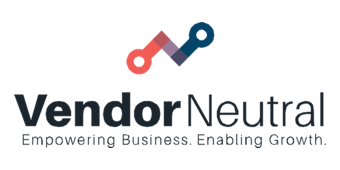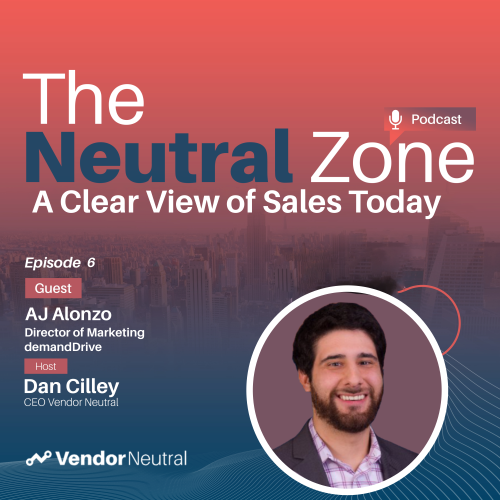
Dan Cilley
Choose the Right Technology
Episode: 6
AJ Alonzo
Director of Marketing, demandDrive
Read Full Transcript
Our friend AJ Alonzo has a unique perspective of the sales process. In his career, he’s worked the entire cycle, starting out being the guy that made the cold calls. Now, he’s the guy sales development reps (SDR) and business development reps (BDR) are reaching out to, asking for his time and wanting to present their solutions. “When I was an SDR, I developed habits and techniques that I now look for in reps that reach out to me,” Alonzo says.
He’s currently the Director of Marketing at demandDrive, a firm that offers custom sales development and lead generation services. “I’m responsible for enabling our sales team, giving them the right content they need to go out and effectively prospect on behalf of demandDrive,” explained Alonzo. “As an organization, we work with clients to help them build their sales team and their process, as well as develop messaging.”
We thought AJ was the perfect resource to explore some of the best and worst techniques for sales reps, as well as what sales teams in general can do to up their game. Here’s what he had to say.
The Best Reps Do Their Research
AJ Alonzo: Get to the root of how you can help them before you make the call.
When I was an SDR, I focused on setting expectations. I’ve noticed this is missing in a lot of reps today. Instead, they “feature dump” and give the client as much information as possible about their product in the hopes that they’ll agree to a 15-minute meeting. A better approach is to spend time thinking about why you are reaching out to this person. Get to the root of how you can help them before you make the call. Give them that information up front. Set the expectation, work out from there.
How much time should reps be spending on research? After all, 10 minutes of research equals about five more calls that the rep could have made. Is the trade-off worth it? Each SDR must make that determination based on “relevancy versus personalization,” as well as what kind of account you’re reaching out for.
For example, consider me as a target account. If the SDR knows demandDrive would be a good fit, it’s worth the time to research me, as a prospect. Read about me on LinkedIn. Sign up for Google alerts in my industry. Focus on both me as a person and demandDrive. The SDR needs to identify why their product is a good fit for me. To do that, they need to invest the time to dive deep into my persona.
Conversely, if the SDR really isn’t sure if a company is a good fit, he might scale back the research side and go with a more relevant approach. Use company research and industry trends to make some broad assumptions about why the prospect might be a good fit. In a nutshell, save time on accounts you are not sure of by cutting back on research, but really dive into the research aspect for priority target accounts.
The Worst Overreach
AJ Alonzo: SDRs should be attracting prospects by using online platforms.
Being too aggressive, either on the phone or through email is a huge turnoff. I’m extremely busy, with my hands in many different buckets. Time management is a huge challenge for everyone in sales management. Finding 15 minutes to dedicate to a sales pitch is not a priority. Instead of interrupting my day and making a lot of futile calls, SDRs should be attracting prospects by using online platforms.
Become an industry expert by posting trends, articles or other insights that drive conversation. Note the people who contribute or comment. Those are the people who are interested in what you have to say, and could potentially be a client. Attract them through quality content. Show a level of expertise around your solution and the industry as a whole.
Content aggregation is something every sales company should make a priority, and put into their training process. If I’m researching a potential solution, I’m most likely to have a follow-up conversation with an SDR who looks like a situational expert in the field than someone who doesn’t even have an online presence. I would be impressed with someone who demonstrates credibility and authority through the value of their product versus someone who is not online, and not even a presence in my brain.
The Best Choose the Right Technology
AJ Alonzo: We’re heavy on the sales enablement side of things. That’s the space that really makes or breaks a company like ours.
Marketing and sales tech have migrated together. They are partners in crime. We’ve got a good lead stack at demandDrive. We try to remain agile when it comes to types of technology. While we have a light stack, we are heavy on the sales enablement side of things. That’s the space that really makes or breaks a company like ours. Sales enablement used to be just an email solution. Now, it’s a full marketing automation solution for an SDR. That’s the tech space we’re using the most and see the most benefit from.
In addition, we have the technologies that integrate with sales enablement, including chat and calendar solutions. We use an entire suite of technology that takes a rep all the way from the initial “you don’t know me” stage to the “fully booked and you know everything about me” stage.
We’re also constantly evaluating our stack, looking for tangible results of its effectiveness. We have a structured process internally for evaluating a new tool or solution. Recommendations usually come from client success individuals who are managing clients and programs, working closely with SDRs. They are in tune to the world of sales development.
We start by evaluating the solution in some defined capacity internally. Then, we’ll go out and do research, specifically requesting a conversation with people at organizations using the solution already. We read as many articles as possible, accumulating in-depth information. Usually, after a demo, we’ll regroup again and disseminate the information within the company. The management team carefully evaluates the research. This process avoids an ad hoc approach. We don’t want SDRs signing up for various free trials because the solution looks like a cool idea.
Vendor Neutral really offers the dream scenario for someone in my position. For example, if I need a marketing automation solution, Vendor Neutral offers me an aggregated database that includes reviews, features, and all the pertinent details. That saves me the time of sorting through the hundreds of solutions out there.
Other Podcasts
-
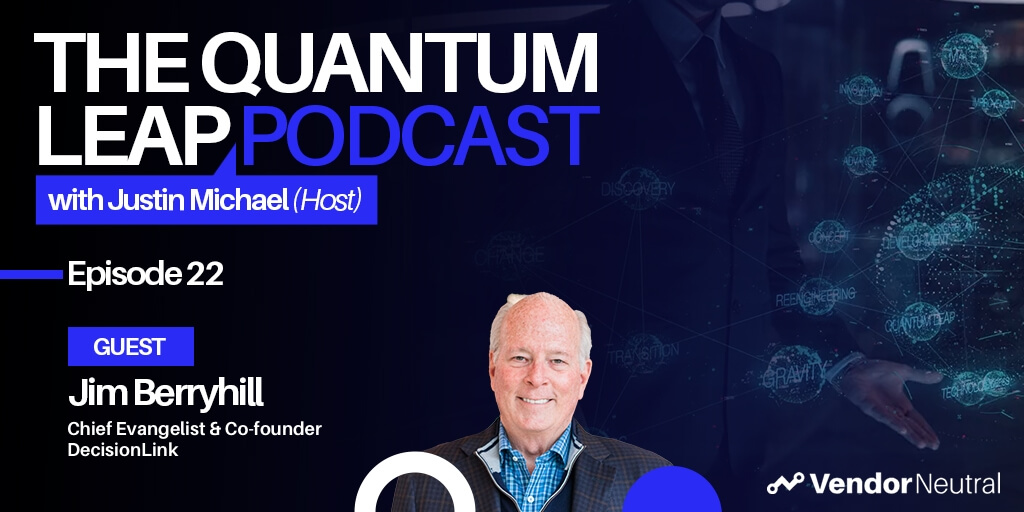 4 Opportunities For Massive Growth In Customer Value Management4 Opportunities For Massive Growth In Customer Value Management
4 Opportunities For Massive Growth In Customer Value Management4 Opportunities For Massive Growth In Customer Value Management -
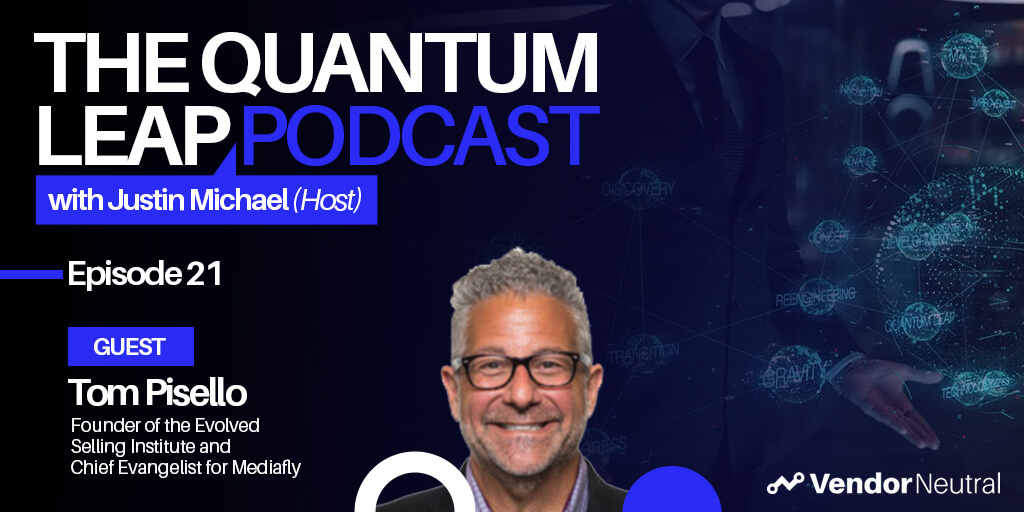 Closing the Customer Engagement Gap | Showing A Clear Case of ROIClosing the Customer Engagement Gap | Showing A Clear Case of ROI
Closing the Customer Engagement Gap | Showing A Clear Case of ROIClosing the Customer Engagement Gap | Showing A Clear Case of ROI -
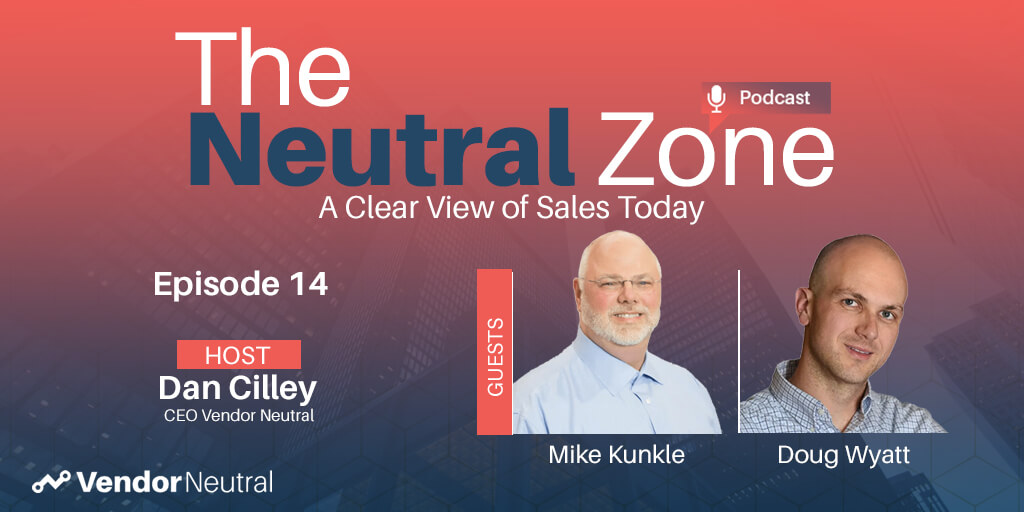 Buyer-Centric Selling | Modern Sales Foundations Virtual Sales TrainingBuyer-Centric Selling | Modern Sales Foundations Virtual Sales Training
Buyer-Centric Selling | Modern Sales Foundations Virtual Sales TrainingBuyer-Centric Selling | Modern Sales Foundations Virtual Sales Training -
 Biggest Trends in Digital TransformationBiggest Trends in Digital Transformation
Biggest Trends in Digital TransformationBiggest Trends in Digital Transformation -
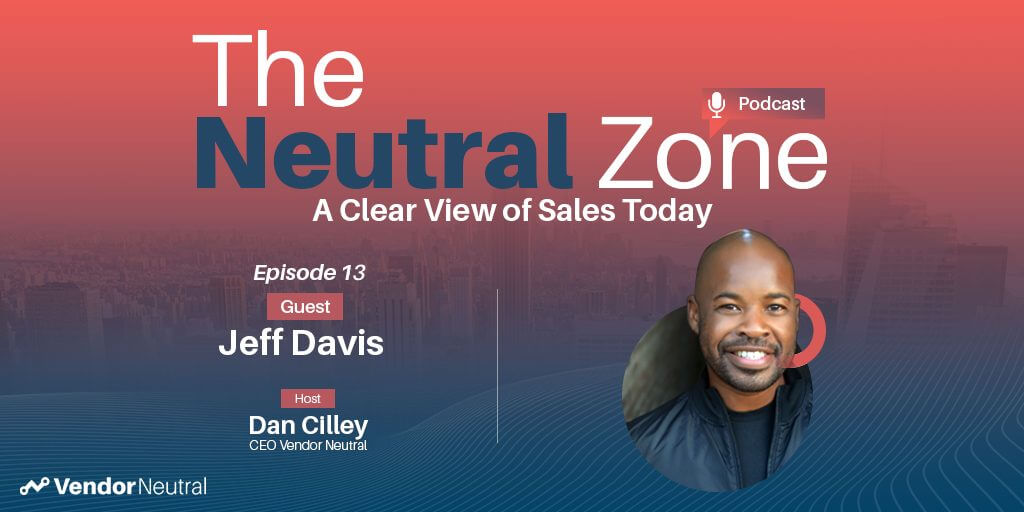 Focus on These 3 Things for Sales Technology AdoptionFocus on These 3 Things for Sales Technology Adoption
Focus on These 3 Things for Sales Technology AdoptionFocus on These 3 Things for Sales Technology Adoption -
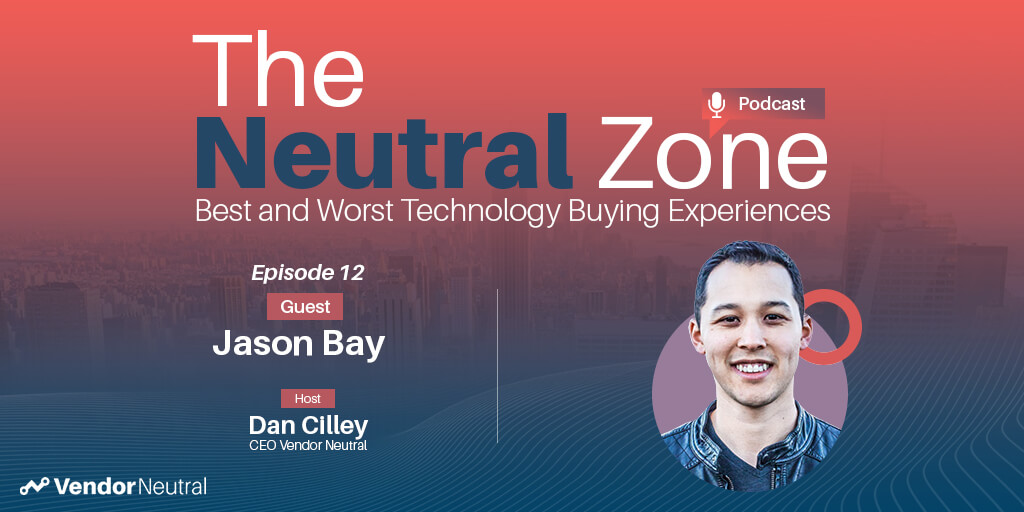 For Sales Technology Buyers A Customer Success Strategy is KeyFor Sales Technology Buyers A Customer Success Strategy is Key
For Sales Technology Buyers A Customer Success Strategy is KeyFor Sales Technology Buyers A Customer Success Strategy is Key -
 The Future of Sales TrainingThe Future of Sales Training
The Future of Sales TrainingThe Future of Sales Training -
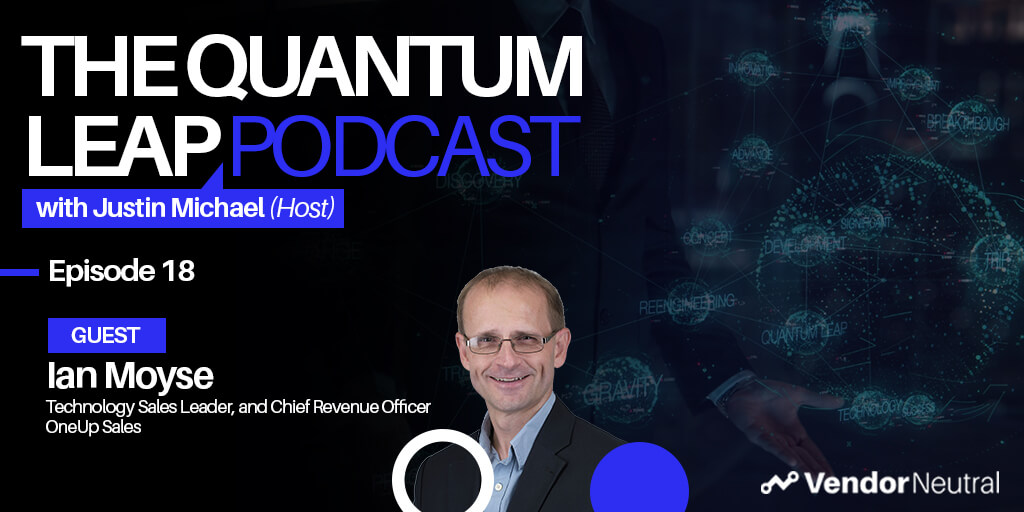 Sales Enablement to Generate Revenue in 2021 and BeyondSales Enablement to Generate Revenue in 2021 and Beyond
Sales Enablement to Generate Revenue in 2021 and BeyondSales Enablement to Generate Revenue in 2021 and Beyond -
 Leveraging Sales Technology in Enterprise Channel Sales | Start by identifying the problems you’re trying to solveLeveraging Sales Technology in Enterprise Channel Sales | Start by identifying the problems you’re trying to solve
Leveraging Sales Technology in Enterprise Channel Sales | Start by identifying the problems you’re trying to solveLeveraging Sales Technology in Enterprise Channel Sales | Start by identifying the problems you’re trying to solve -
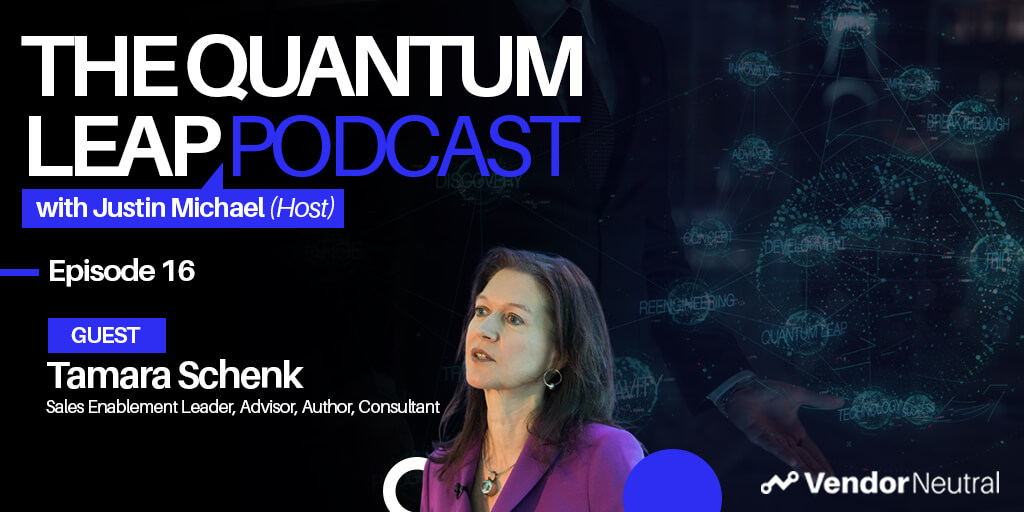 The One Question to Ask Before Sales Technology Implementation to Ensure the Success of Your Enablement InitiativeThe One Question to Ask Before Sales Technology Implementation to Ensure the Success of Your Enablement Initiative
The One Question to Ask Before Sales Technology Implementation to Ensure the Success of Your Enablement InitiativeThe One Question to Ask Before Sales Technology Implementation to Ensure the Success of Your Enablement Initiative -
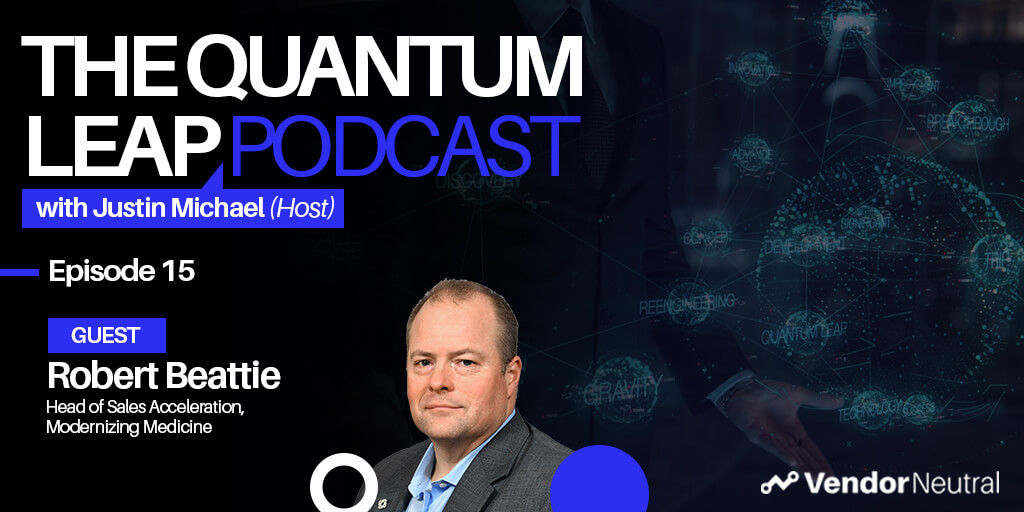 Digitally Enabled Enterprise Sales - Technology & Skills You'll Need in 2025Digitally Enabled Enterprise Sales - Technology & Skills You'll Need in 2025
Digitally Enabled Enterprise Sales - Technology & Skills You'll Need in 2025Digitally Enabled Enterprise Sales - Technology & Skills You'll Need in 2025 -
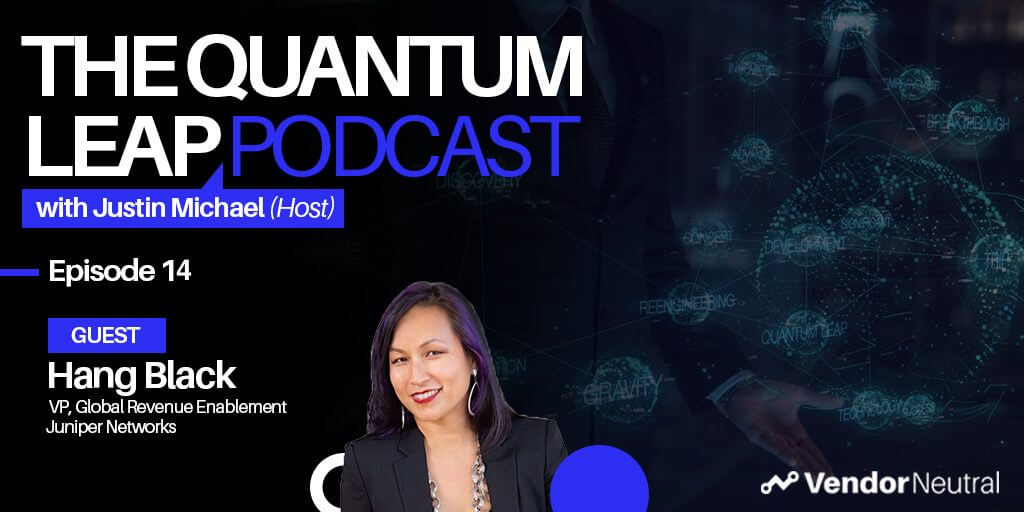 A Look Into The Future of Sales EnablementA Look Into The Future of Sales Enablement
A Look Into The Future of Sales EnablementA Look Into The Future of Sales Enablement -
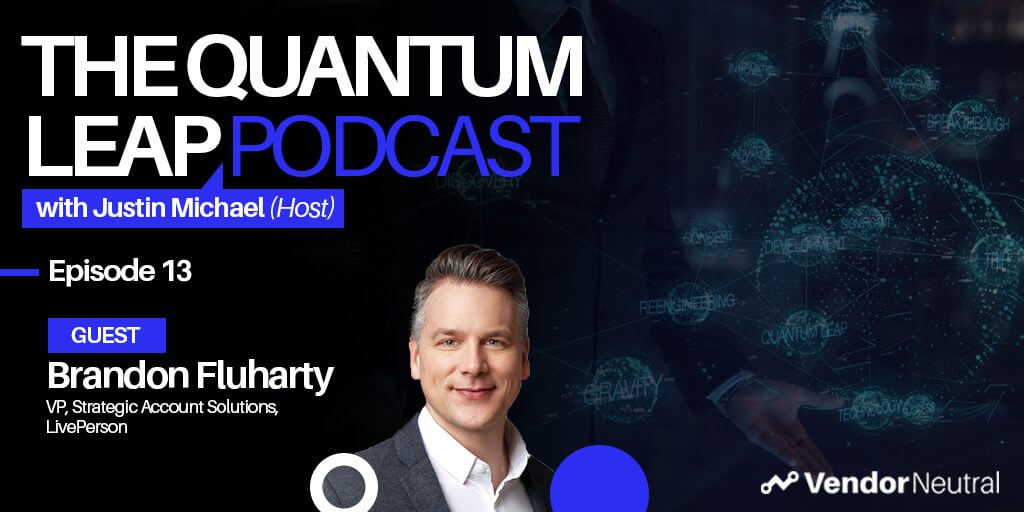 3 Ways Sales Technology will Shape the Future of Strategic Selling & Enterprise Sales3 Ways Sales Technology will Shape the Future of Strategic Selling & Enterprise Sales
3 Ways Sales Technology will Shape the Future of Strategic Selling & Enterprise Sales3 Ways Sales Technology will Shape the Future of Strategic Selling & Enterprise Sales -
 Future of Sales in the EnterpriseFuture of Sales in the Enterprise
Future of Sales in the EnterpriseFuture of Sales in the Enterprise -
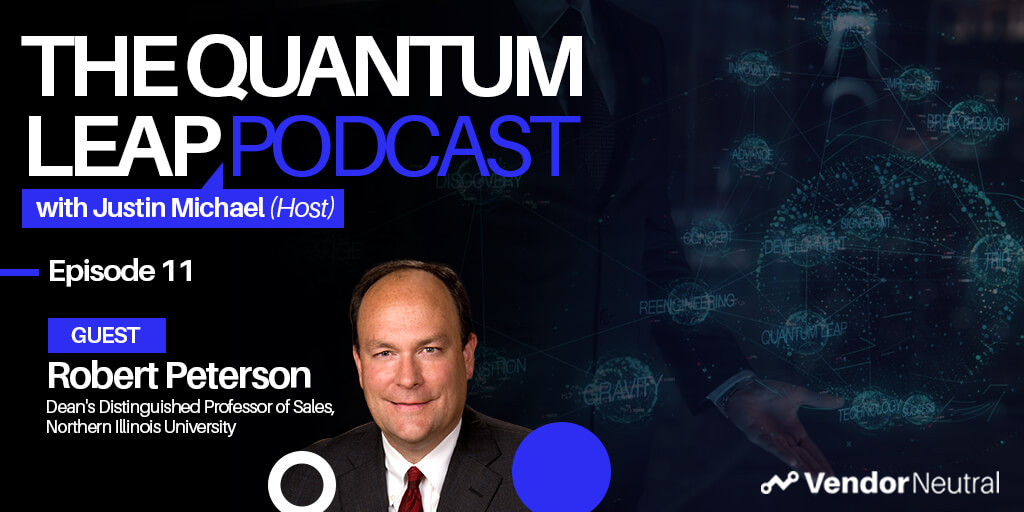 Developing the Revenue Leaders of TomorrowDeveloping the Revenue Leaders of Tomorrow
Developing the Revenue Leaders of TomorrowDeveloping the Revenue Leaders of Tomorrow -
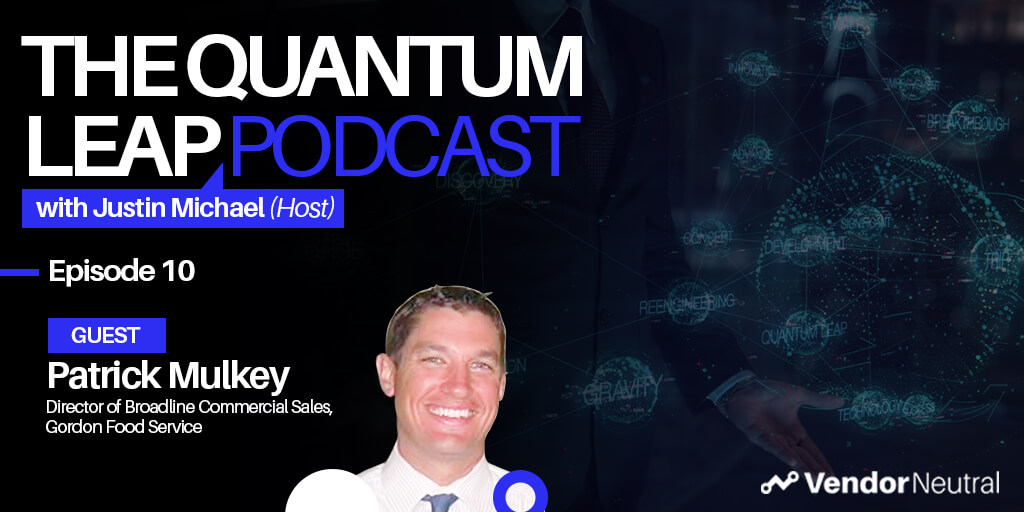 Evaluating and Updating Your Enterprise Sales Technology StackEvaluating and Updating Your Enterprise Sales Technology Stack
Evaluating and Updating Your Enterprise Sales Technology StackEvaluating and Updating Your Enterprise Sales Technology Stack -
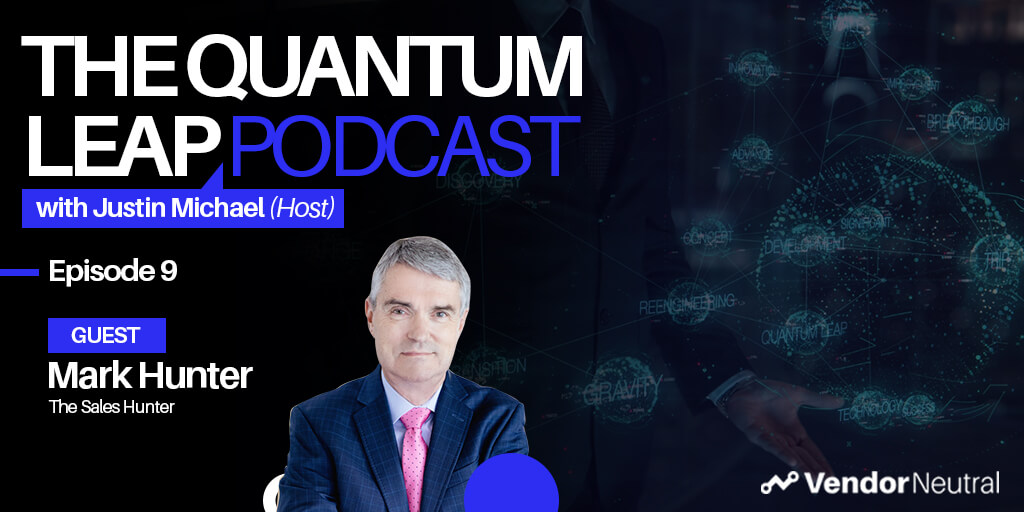 How-to Connect With Enterprise Buyers When Selling From HomeHow-to Connect With Enterprise Buyers When Selling From Home
How-to Connect With Enterprise Buyers When Selling From HomeHow-to Connect With Enterprise Buyers When Selling From Home -
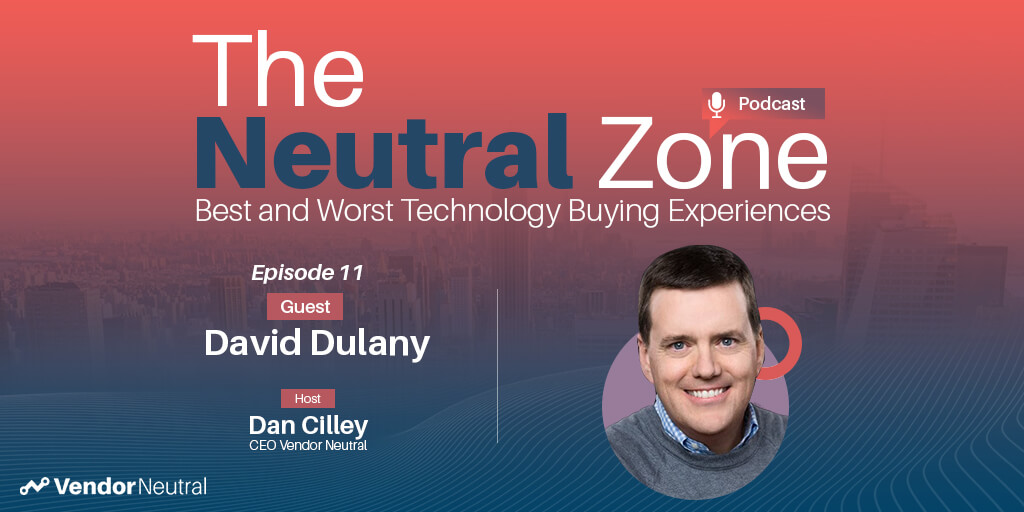 Is the Sales Technology Buying Process Over Engineered?Is the Sales Technology Buying Process Over Engineered?
Is the Sales Technology Buying Process Over Engineered?Is the Sales Technology Buying Process Over Engineered? -
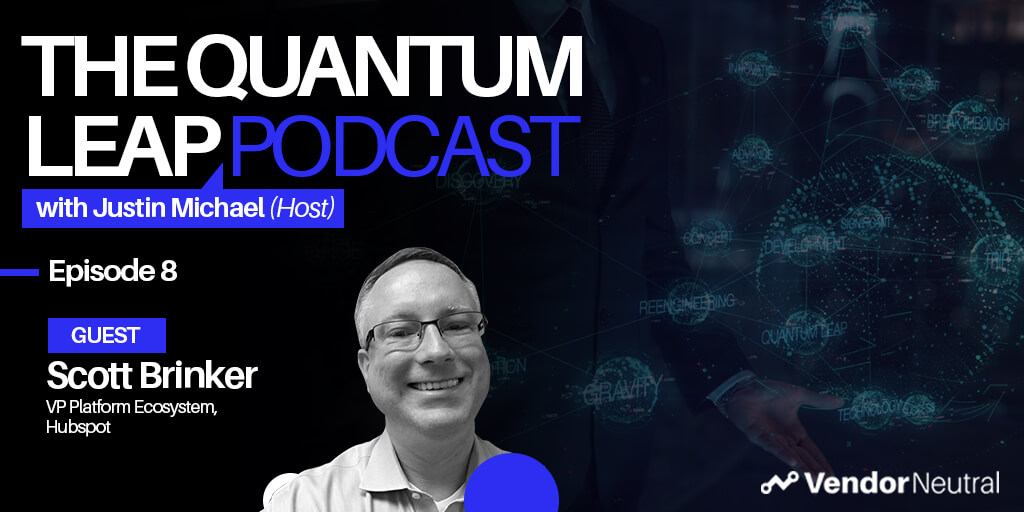 Tangible Ways to Digitally Transform Enterprise OrganizationsTangible Ways to Digitally Transform Enterprise Organizations
Tangible Ways to Digitally Transform Enterprise OrganizationsTangible Ways to Digitally Transform Enterprise Organizations -
 Quantum Leap Podcast Episode 7Quantum Leap Podcast Episode 7
Quantum Leap Podcast Episode 7Quantum Leap Podcast Episode 7 -
 How Sales Technology is Making an Impact in the Financial SpaceHow Sales Technology is Making an Impact in the Financial Space
How Sales Technology is Making an Impact in the Financial SpaceHow Sales Technology is Making an Impact in the Financial Space -
 Quantum Leap Podcast Episode 5Quantum Leap Podcast Episode 5
Quantum Leap Podcast Episode 5Quantum Leap Podcast Episode 5 -
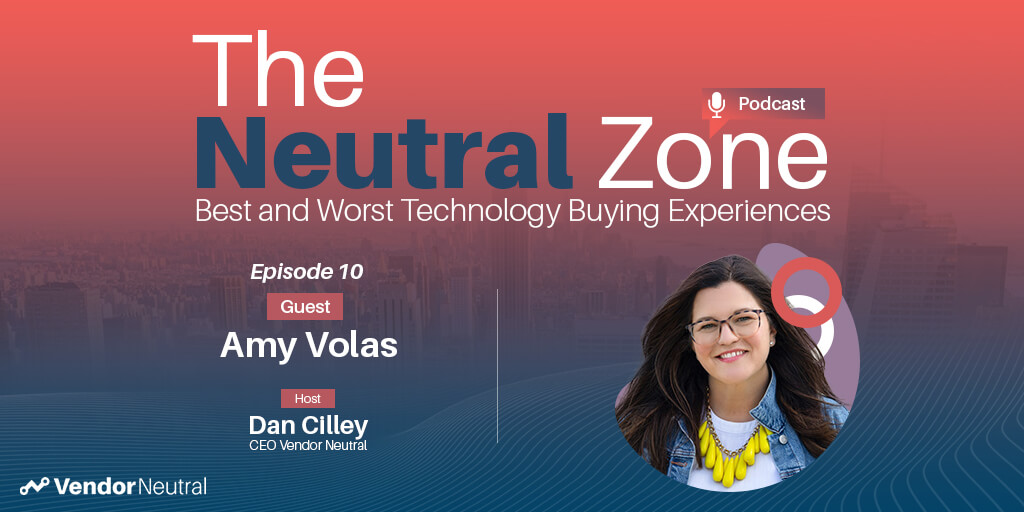 Clear View of Sales Episode 10 with Amy VolasClear View of Sales Episode 10 with Amy Volas
Clear View of Sales Episode 10 with Amy VolasClear View of Sales Episode 10 with Amy Volas -
 Quantum Leap Podcast Episode 4: Transforming Your Enterprise TechStack, The Future is Bright!Quantum Leap Podcast Episode 4: Transforming Your Enterprise TechStack, The Future is Bright!
Quantum Leap Podcast Episode 4: Transforming Your Enterprise TechStack, The Future is Bright!Quantum Leap Podcast Episode 4: Transforming Your Enterprise TechStack, The Future is Bright! -
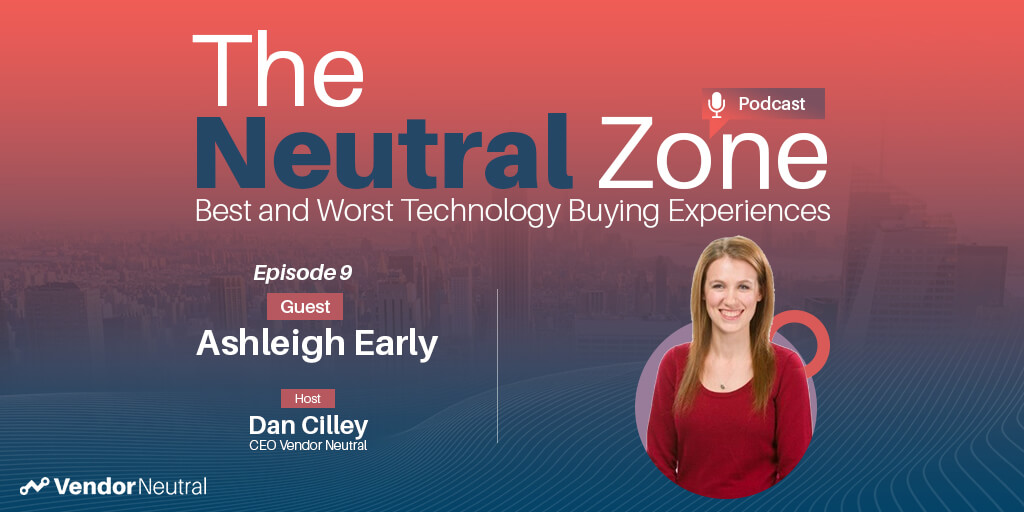 Clear View of Sales with Ashleigh Early:Clear View of Sales with Ashleigh Early:
Clear View of Sales with Ashleigh Early:Clear View of Sales with Ashleigh Early: -
 Quantum Leap Episode 3: Unlock the Mystery of Enterprise TransformationQuantum Leap Episode 3: Unlock the Mystery of Enterprise Transformation
Quantum Leap Episode 3: Unlock the Mystery of Enterprise TransformationQuantum Leap Episode 3: Unlock the Mystery of Enterprise Transformation -
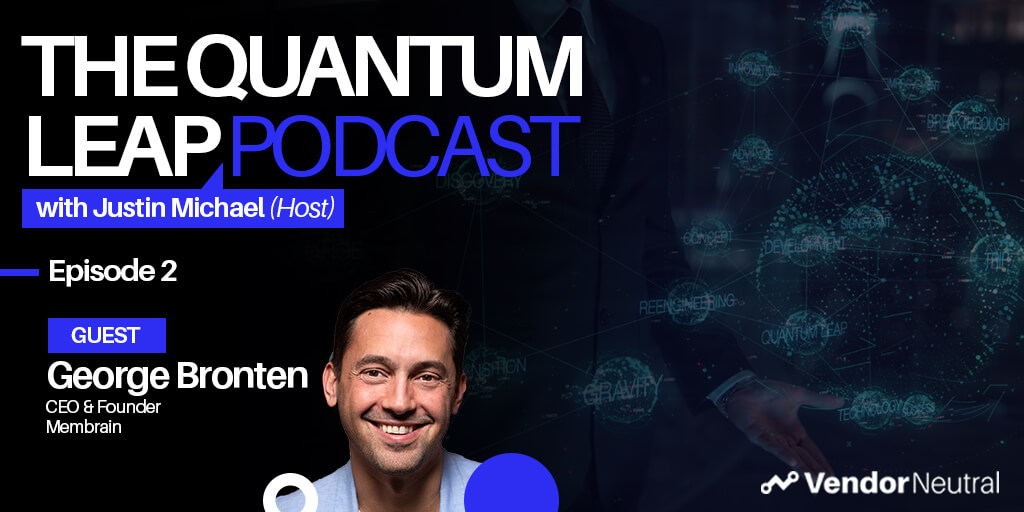 Quantum Leap Podcast Episode 2Quantum Leap Podcast Episode 2
Quantum Leap Podcast Episode 2Quantum Leap Podcast Episode 2 -
 Quantum Leap Podcast Episode 1Quantum Leap Podcast Episode 1
Quantum Leap Podcast Episode 1Quantum Leap Podcast Episode 1 -
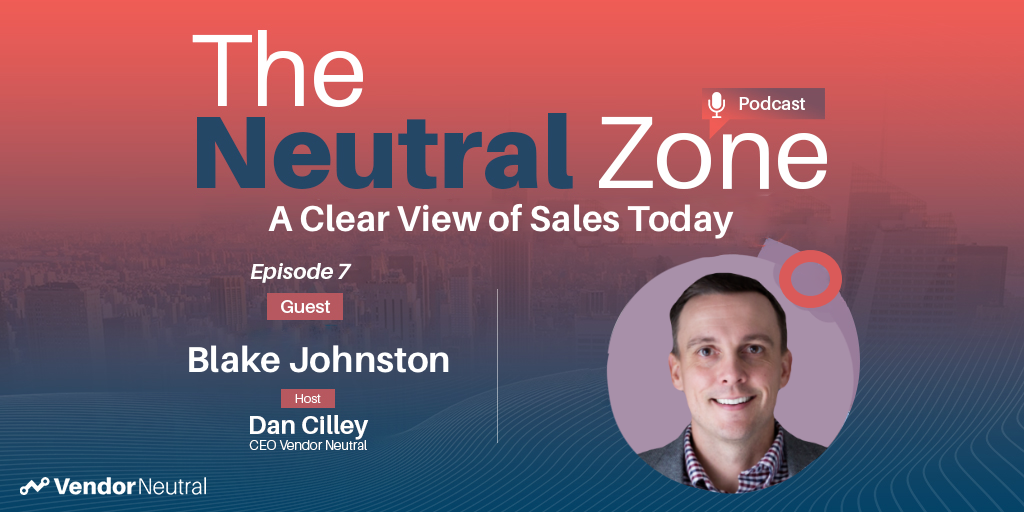 The Best & Worst B2B Technology Buying Experiences With Blake JohnstonThe Best & Worst B2B Technology Buying Experiences With Blake Johnston
The Best & Worst B2B Technology Buying Experiences With Blake JohnstonThe Best & Worst B2B Technology Buying Experiences With Blake Johnston -
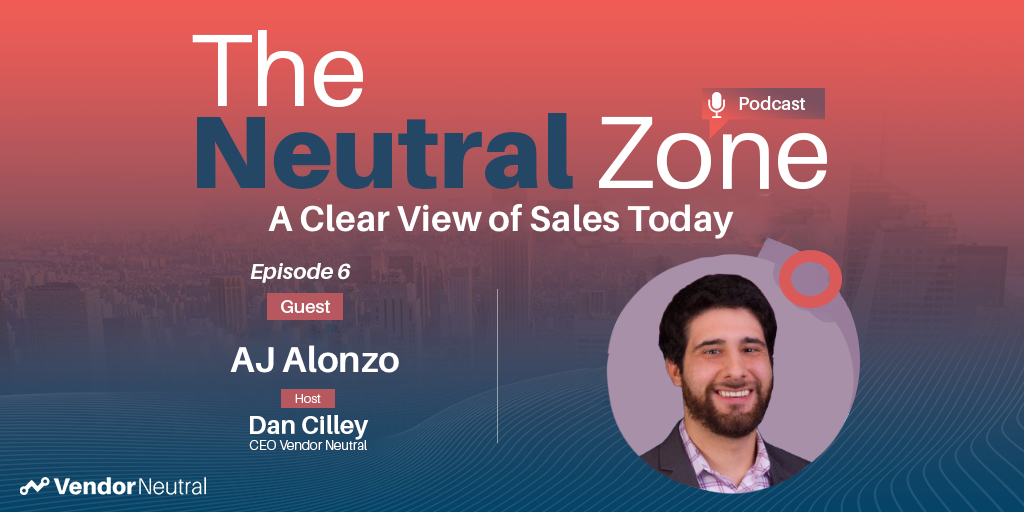 The Best & Worst B2B Technology Buying Experiences With AJ AlonzoThe Best & Worst B2B Technology Buying Experiences With AJ Alonzo
The Best & Worst B2B Technology Buying Experiences With AJ AlonzoThe Best & Worst B2B Technology Buying Experiences With AJ Alonzo -
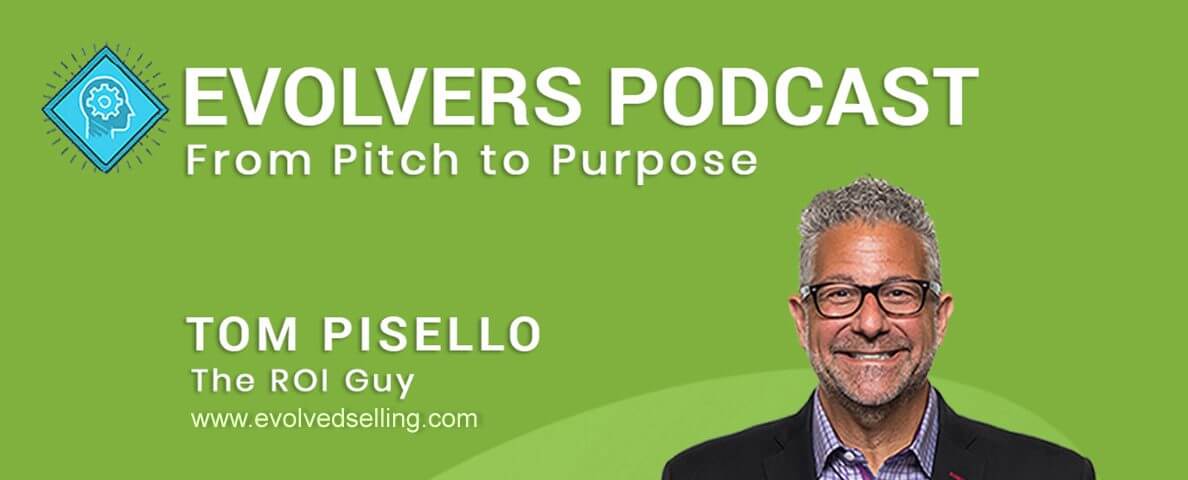 Evolvers Podcast: The Democratization of Sales Enablement? With Dan CilleyEvolvers Podcast: The Democratization of Sales Enablement? With Dan Cilley
Evolvers Podcast: The Democratization of Sales Enablement? With Dan CilleyEvolvers Podcast: The Democratization of Sales Enablement? With Dan Cilley -
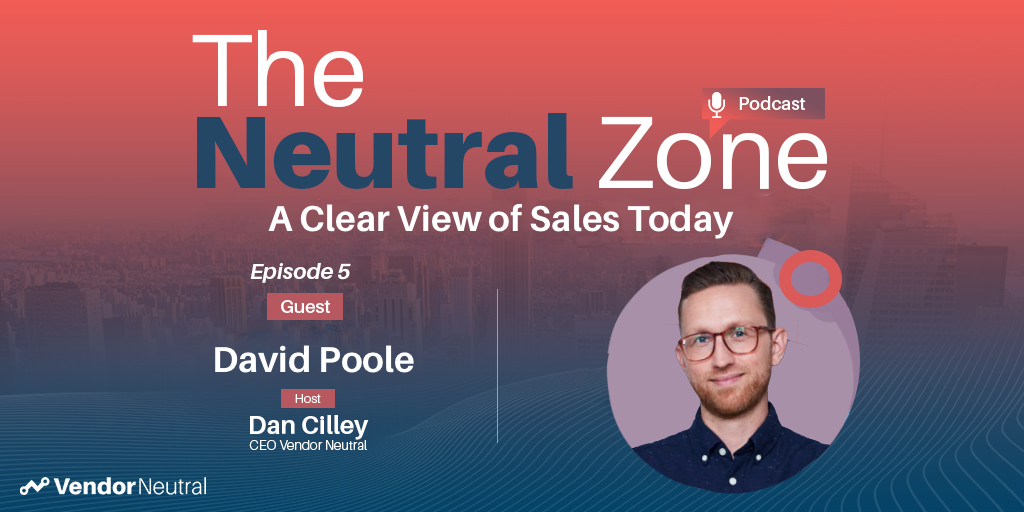 The Best & Worst B2B Technology Buying Experiences With David PooleThe Best & Worst B2B Technology Buying Experiences With David Poole
The Best & Worst B2B Technology Buying Experiences With David PooleThe Best & Worst B2B Technology Buying Experiences With David Poole -
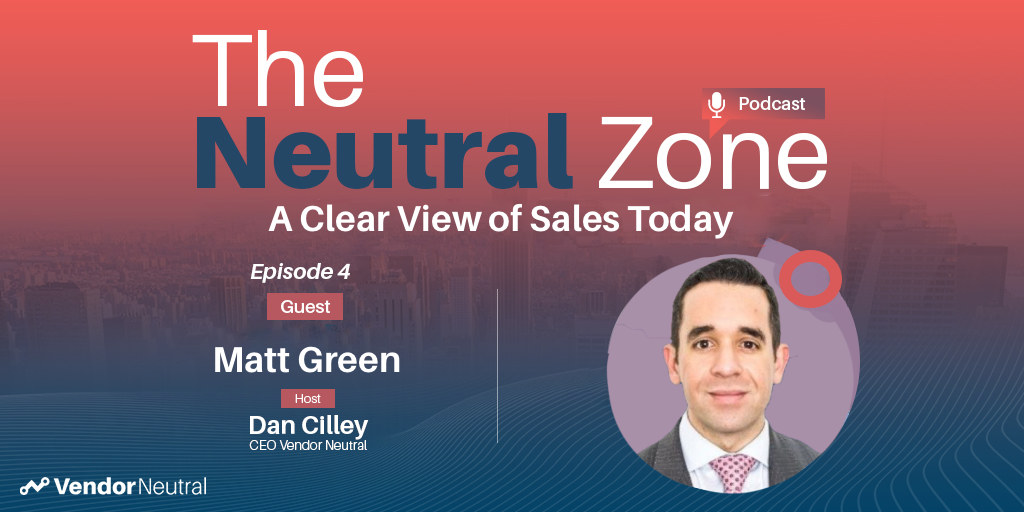 The Best & Worst B2B Technology Buying Experiences With Matt GreenThe Best & Worst B2B Technology Buying Experiences With Matt Green
The Best & Worst B2B Technology Buying Experiences With Matt GreenThe Best & Worst B2B Technology Buying Experiences With Matt Green -
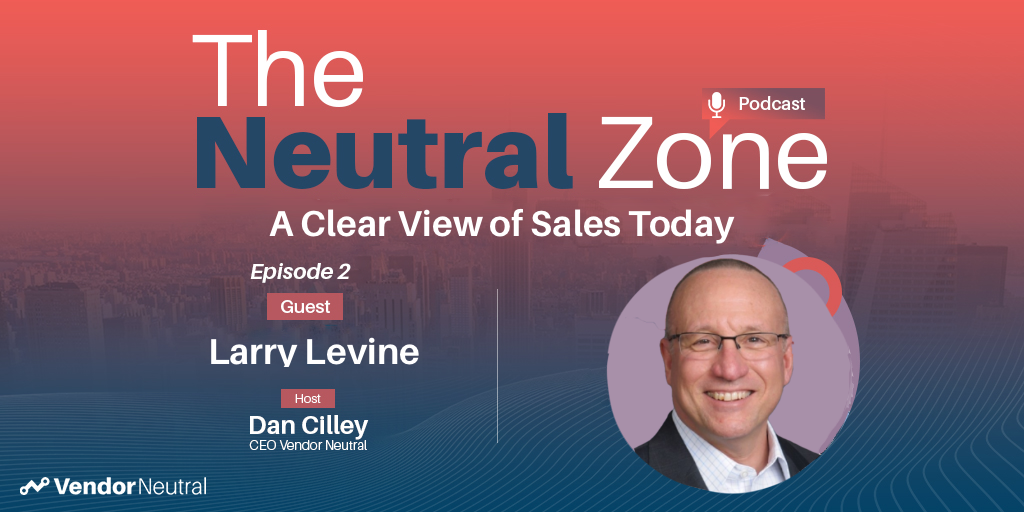 The Best & Worst B2B Technology Buying Experiences with Larry LevineThe Best & Worst B2B Technology Buying Experiences with Larry Levine
The Best & Worst B2B Technology Buying Experiences with Larry LevineThe Best & Worst B2B Technology Buying Experiences with Larry Levine -
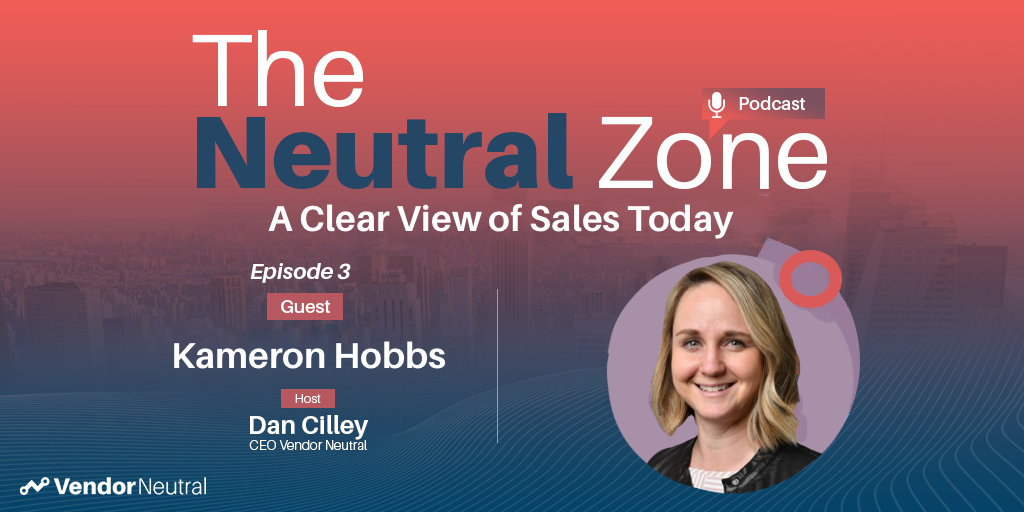 The Best & Worst B2B Technology Buying Experiences with Kameron HobbsThe Best & Worst B2B Technology Buying Experiences with Kameron HobbsVideo
The Best & Worst B2B Technology Buying Experiences with Kameron HobbsThe Best & Worst B2B Technology Buying Experiences with Kameron HobbsVideo -
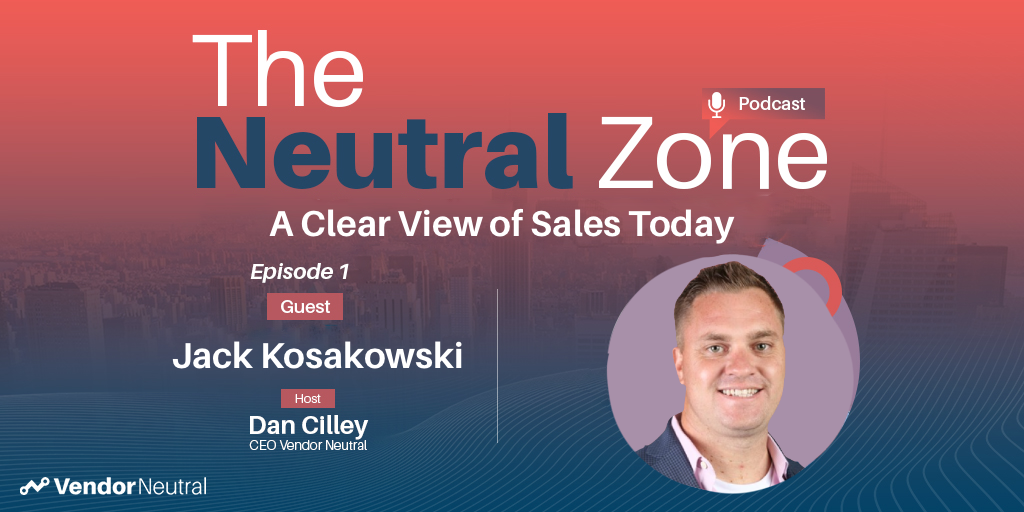 The Best & Worst B2B Technology Buying Experiences with Jack KosakowsiThe Best & Worst B2B Technology Buying Experiences with Jack KosakowsiPodcast
The Best & Worst B2B Technology Buying Experiences with Jack KosakowsiThe Best & Worst B2B Technology Buying Experiences with Jack KosakowsiPodcast
